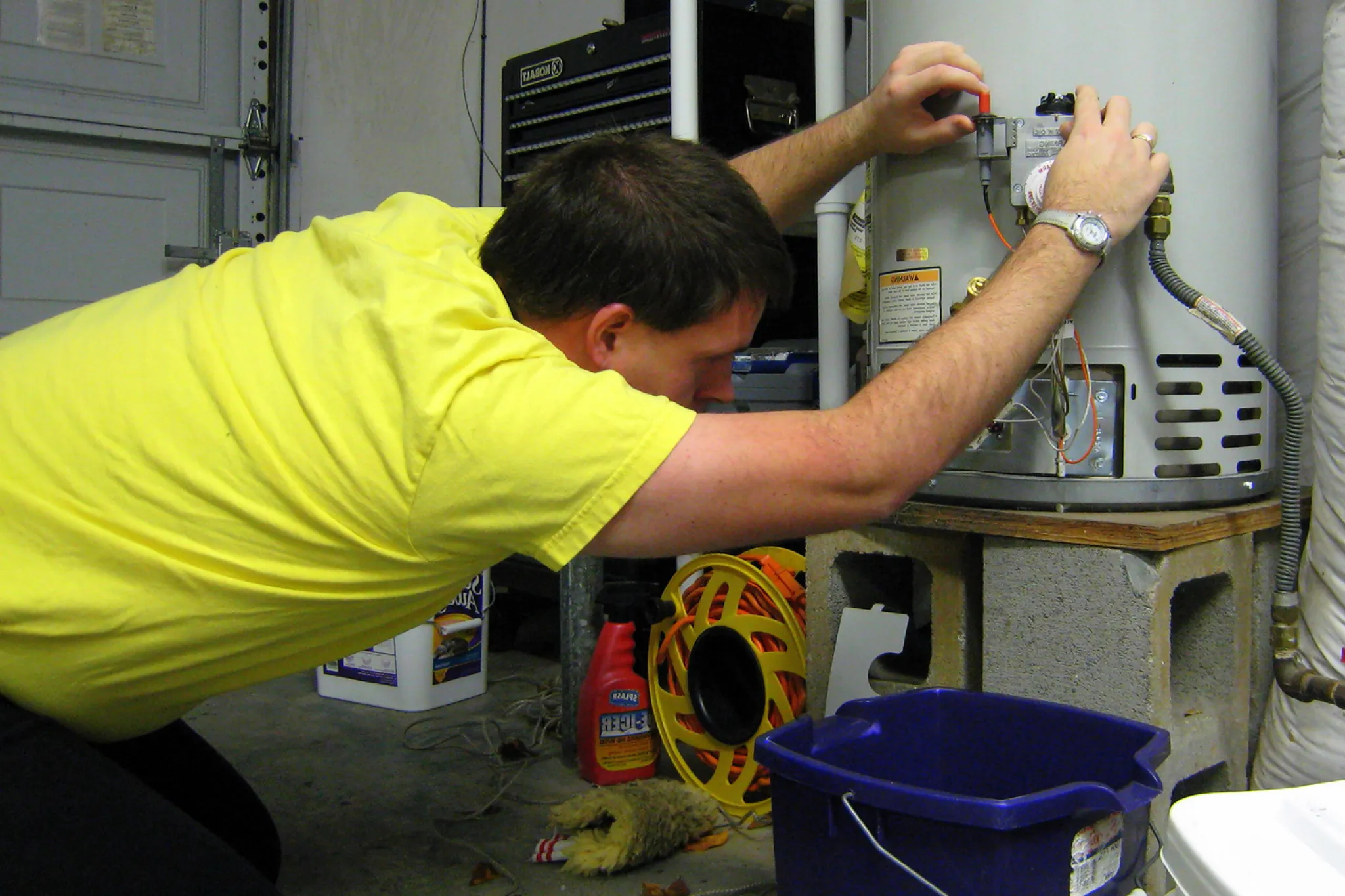Tips on How to Keep Your Home's Hot Water System in Good Condition
Tips on How to Keep Your Home's Hot Water System in Good Condition
Blog Article
Were you interested in critical information on What Kind of Maintenance Do Water Heaters Need??

Warm water is essential for everyday comfort, whether it's for a revitalizing shower or washing recipes. To ensure your warm water system runs efficiently and lasts longer, normal maintenance is crucial. This article offers sensible tips and understandings on just how to maintain your home's hot water system to stay clear of disruptions and expensive fixings.
Introduction
Preserving your home's warm water system could seem overwhelming, yet with a few easy actions, you can guarantee it operates smoothly for many years ahead. This guide covers everything from comprehending your hot water system to do it yourself upkeep tips and knowing when to contact expert aid.
Relevance of Maintaining Your Hot Water System
Routine upkeep not just expands the lifespan of your hot water system but likewise guarantees it runs successfully. Neglecting maintenance can result in reduced effectiveness, greater power costs, and also early failing of the system.
Signs Your Hot Water System Needs Maintenance
Knowing when your hot water system needs interest can stop major issues. Look out for signs such as inconsistent water temperature, unusual noises from the heater, or rusty water.
Purging the Hot Water Heater
Purging your hot water heater gets rid of debris build-up, boosting performance and extending its life.
Monitoring and Replacing Anode Rods
Anode poles stop rust inside the storage tank. Examining and replacing them when broken is critical.
Facility Concerns Calling For Expert Assistance
Examples include major leakages, electric troubles, or if your hot water heater is constantly underperforming.
Routine Specialist Upkeep Perks
Professional maintenance can consist of complete evaluations, tune-ups, and guaranteeing compliance with safety and security criteria.
Checking and Adjusting Temperature Level Setups
Changing the temperature setups makes sure ideal performance and safety and security.
Do It Yourself Tips for Maintenance
You can perform numerous upkeep tasks on your own to maintain your hot water system in top problem.
Checking for Leaks
Consistently check pipes and connections for leakages, as these can result in water damage and greater expenses.
Comprehending Your Hot Water System
Prior to diving into maintenance jobs, it's valuable to understand the standard elements of your warm water system. Normally, this includes the hot water heater itself, pipes, anode poles, and temperature controls.
Monthly Upkeep Tasks
Regular month-to-month checks can help capture minor concerns before they rise.
Evaluating Stress Relief Valves
Examining the pressure safety valve ensures it operates properly and prevents excessive stress buildup.
Shielding Pipes
Shielding hot water pipelines reduces warmth loss and can save power.
When to Call a Professional
While do it yourself upkeep is useful, some concerns need specialist knowledge.
Final thought
Regular maintenance of your home's warm water system is important for performance, longevity, and expense savings. By complying with these pointers and knowing when to look for specialist help, you can make sure a dependable supply of hot water without unforeseen disruptions.
Water Heater Maintenance Tips
Test the TPR Valve
Shut off the power and the cold-water supply valve. Place a bucket under the pipe connected to the temperature-pressure-release (TPR) valve on the top or side of the tank. (This valve opens if the tank pressure gets too high.) Lift the valve’s tab to let some water out, then let go. If water keeps flowing, drain the tank partway, unscrew the old valve with a pipe wrench, and install a new one. Check the Anode Rod
Put a hose to the tank’s drain cock and let out a few gallons of water. Now fit a 1 1/16-inch socket onto the rod’s hex head on top of the heater (or under its top plate) and unscrew the rod. If it’s less than ½ inch thick or coated with calcium, buy a new one, wrap its threads with Teflon tape, put it back in the tank, and tighten securely. Use this segmented rod if headroom above the tank is limited. Drain the Tank and Wash Out Sediment
Drain the remaining water in the tank into the bucket, then stir up the sediment on the tank’s bottom by briefly opening the cold-water supply valve. Drain and repeat until clean water comes out of the hose. Close the drain cock, refill the tank, and turn its power back on. Adjust the Temperature
Find the temperature dial on the side of the tank and unscrew its cover. Adjust the dial to 120 degrees using a flathead screwdriver. For every 10 degrees the temperature is lowered, you can expect to save up to 5 percent in energy costs. Turn the water heater off or the thermostat down to its lowest setting if you plan to be away from home for more than three days. Insulate the Pipes
Buy some self-sticking 3/8-inch-thick foam pipe insulation that matches the pipes’ diameter. Slide the foam over the hot-and cold-water pipes as far as you can reach. Insulating the cold-water pipe prevents condensation in summer. Peel the tape and squeeze the insulation closed. If the pipe is 6 inches or less from the flue, cover it with 1-inch-thick unfaced fiberglass pipe wrap. https://www.thisoldhouse.com/plumbing/21016402/how-to-maintain-a-water-heater

Hopefully you enjoyed our part on Water Heater Maintenance Tips You Can't Afford to Forget. Many thanks for taking the time to browse our piece of content. Sharing is good. Helping others is fun. Thanks a lot for being here. Kindly come visit our site back soon.
Click Here Report this page